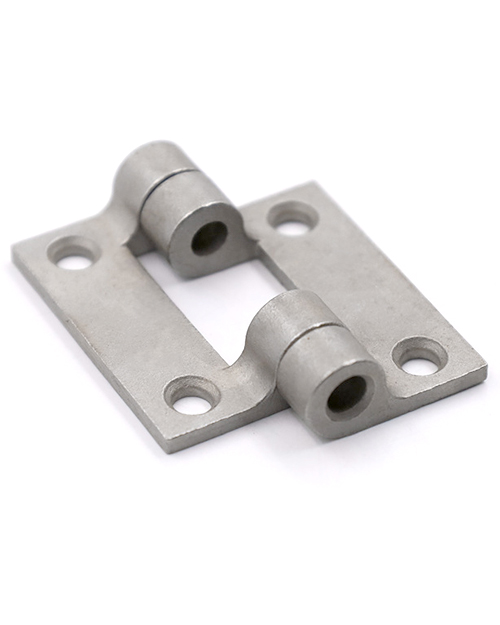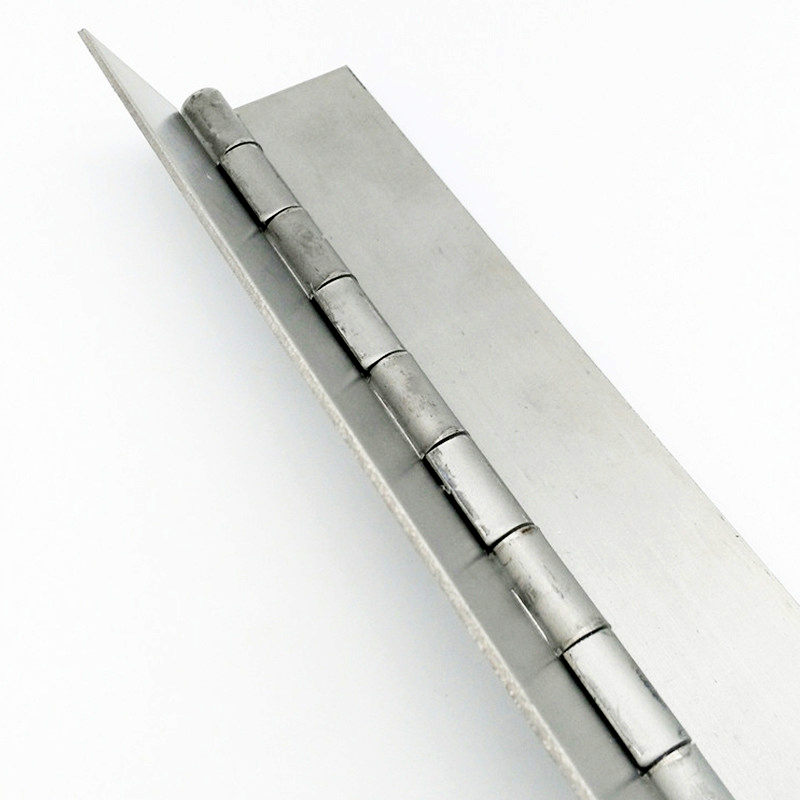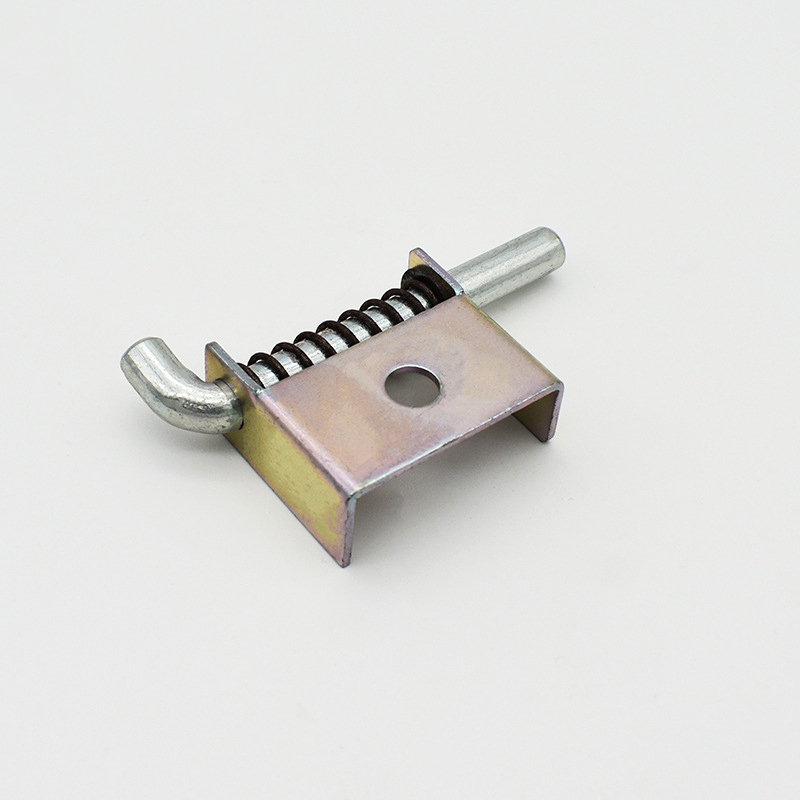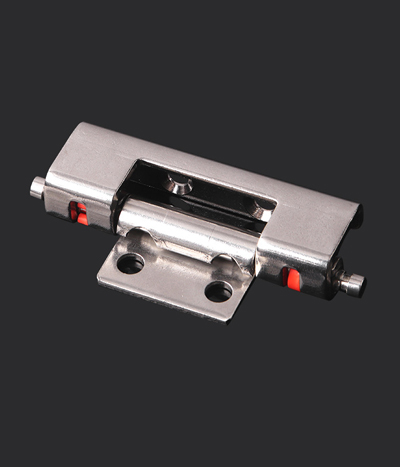In the realm of industrial manufacturing, hinges are integral to machinery’s efficiency and performance. However, not all hinges are created equal. The design of a hinge can significantly impact its strength, durability, and functionality. So, what is the strongest hinge design?
The answer is not straightforward. The strength of a hinge design depends on its application, the material used, and other specific considerations such as the environment it will be used in and the load it will bear. Some may argue that the butt hinge or the continuous hinge are among the strongest due to their widespread use and versatility.
Let’s take a closer look at various hinge designs and analyze their strengths and potential applications in the world of industrial manufacturing.

What are butt hinges and why are they strong?
Butt hinges, in the simplest terms, are hinges composed of two leaves with knuckle joints. The leaves, usually rectangular, meet along a single axis when closed.
Butt hinges are strong due to their simple design that allows for a solid connection between the two objects they join. They distribute the load evenly across the hinge, enhancing their weight-bearing capabilities. This makes them highly effective in industrial applications where strength and durability are essential.
What about continuous hinges?
Continuous hinges, also known as piano hinges, run the entire length of the door or panel they are attached to. This design offers exceptional strength because it distributes the load evenly across the entire length of the hinge.
This not only allows for the handling of heavier weights but also reduces the stress on individual screws or fasteners. As a result, continuous hinges are often used in heavy-duty industrial applications.

How do pivot hinges contribute to strength?
Another strong hinge design found in the industrial sector is the pivot hinge. Uniquely, pivot hinges rotate around a single point rather than along a line of rotation like most hinges.
Their unique mechanism reduces lateral stress on the hinge, thereby enhancing its overall strength. This makes pivot hinges a popular choice for heavy machinery and equipment in the industrial manufacturing sector.
Are concealed hinges strong?
A concealed hinge is a hinge designed to be hidden from view when the door or panel is closed. While their primary function is aesthetics, concealed hinges also offer substantial strength.
The construction of concealed hinges allows for a wide angle of opening while distributing the load evenly. This can contribute to an extended lifespan and robust performance in the right industrial applications.

What is the role of materials in hinge strength?
While the design of a hinge plays a significant role in its strength, the materials used to construct the hinge are just as important.
Stainless steel, for instance, is a popular choice for its strength and corrosion resistance. Brass, while not as strong as steel, offers excellent corrosion resistance, making it suitable for certain environments. Aluminum hinges are lightweight yet strong and can resist corrosion as well.
Can hinge design affect operational smoothness?
The design of a hinge does not just affect its strength, but it can also impact its operational smoothness.
For instance, a well-designed and appropriately used hinge can reduce wear and tear, leading to smoother operation over time. This can lead to fewer maintenance requirements, reduced downtime, and improved overall efficiency in an industrial setting.

How to select the right hinge design?
Choosing the right hinge design for your industrial needs involves considering various factors such as the weight and size of the door or panel, the environment in which it will operate, and the specific functional requirements.
Always consult with your hinge supplier or a mechanical engineer to ensure the hinge design you select is strong enough for your needs and will provide optimal performance and durability.
Conclusion
In conclusion, the question of the “strongest” hinge design depends heavily on the specific application and requirements. Butt hinges continuous hinges, pivot hinges, and concealed hinges each have their strengths and can offer robust performance in the right situations. The key is to understand your specific needs and choose a hinge design – and material – that meets those needs effectively. Industrial manufacturing hinges are about more than just strength; they’re about finding the right balance of strength, durability, and functionality.
You might also be interested:




